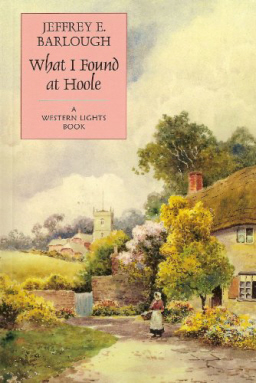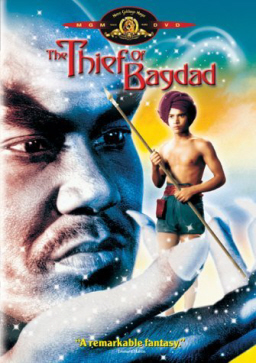New Treasures: Dead in the Water, a Warhammer 40K Audio Drama
 Last week, I wrote a brief introduction to the Warhammer 40K universe, under the guise of a review of The Achilus Assault gamebook. It was a cheap gimmick, I know, but life is short and filled with great things you need to know about.
Last week, I wrote a brief introduction to the Warhammer 40K universe, under the guise of a review of The Achilus Assault gamebook. It was a cheap gimmick, I know, but life is short and filled with great things you need to know about.
In the comments section Joe H wrote:
I love the WH40K setting, the thing that bothers me is that they have this vast sprawling galaxy full of wonders and terrors and way too much of the content seems to boil down to Space Marines vs. Space Orks… That’s why I was so intrigued by Rogue Trader — a WH40K setting that’s not just about FOR THE EMPEROR! I just wish we’d get more of that kind of thing in the novels. Are there any current novels that move outside of the Space Marine paradigm?
I love these kinds of questions. The kinds I actually have an answer to, I mean. And the answer in this case is yes.
There are several great series I could point you to, but because it’s after 9:00 pm and my family is impatiently waiting for me to start our family movie, I’m going to limit it to one: You should try the Ciaphas Cain novels by Sandy Mitchell. Commissar Cain is a revered hero of the Imperium, a man who’s seen action in some of the deadliest hot spots in the galaxy… and he’s pretty much done with that. All he wants to do is keep his head down and serve out his tour of duty… but alas, fate has other plans.
Cain is an entertaining rogue in a universe of dark horrors, and it’s a winning combination. There are several excellent omnibus collections of his novels available, but I recommend you start the same way I did: with Dead in the Water, a terrific one-hour audio drama that serves as the perfect intro to both Cain and the Warhammer 40K universe.
Cain is enjoying a quiet posting to a backwater river world when a squad on a routine mission goes missing. Pressed into investigating by his commanding officer, Cain quickly discovers that all is not what it seems… and a sinister opponent is manipulating events behind the scenes. The action is quick, the characters memorable, and the narration by Toby Longworth is excellent. The production quality of these Black Library Audio Dramas — with their dead-on sound effects, moody original music, and tight plotting — has been consistently excellent, and they have quickly become highly collectible. Already the early releases are out of print and starting to command collector’s prices on Amazon.com. I suggest you grab this one while you can.
Dead in the Water was published by Black Library in June, 2011. It is one hour on a single CD, priced at $17.





 Over the last few years, I’ve been a big fan of Disney/Pixar films, but not so much of the films put out by Disney itself. While I enjoyed Tangled well enough, when compared to the Toy Story franchise or Wall-E, the more mainstream Disney movies just don’t have the same emotional impact.
Over the last few years, I’ve been a big fan of Disney/Pixar films, but not so much of the films put out by Disney itself. While I enjoyed Tangled well enough, when compared to the Toy Story franchise or Wall-E, the more mainstream Disney movies just don’t have the same emotional impact. About a month ago, The Avengers
About a month ago, The Avengers  I should probably blame the whole thing on John O’Neill and Eric Knight.
I should probably blame the whole thing on John O’Neill and Eric Knight.